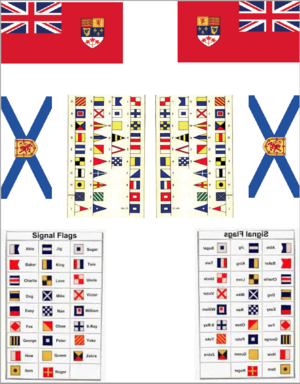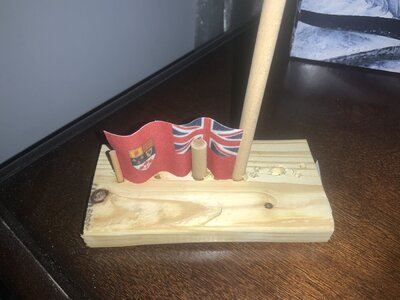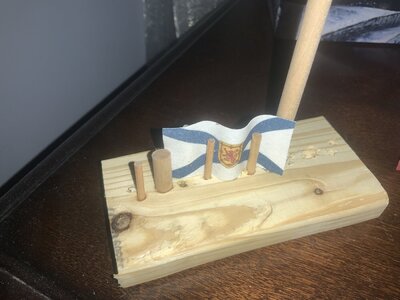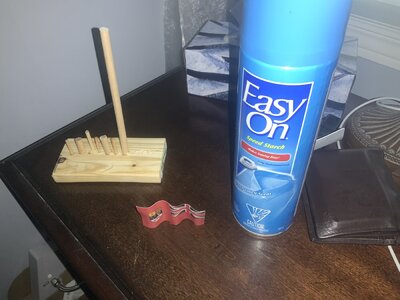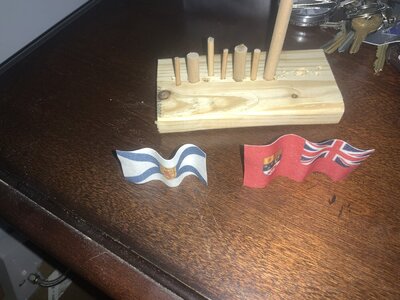So after much looking, asking and thinking I have come up with a very successful method of making custom flags on cotton. I am using an iron on heat transfer process using the following heat transfer paper.
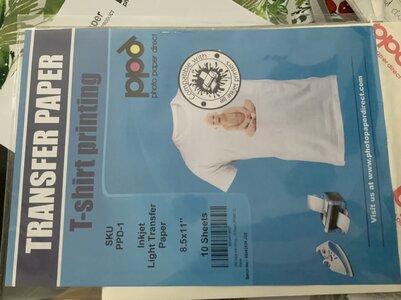
I created the artwork in Adobe Illistrator and printed onto the above paper using a common inkjet printer.
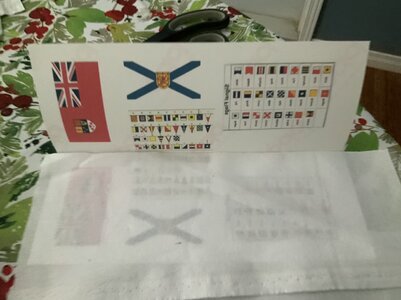
Here are the linen (cotton) materials I was trying.
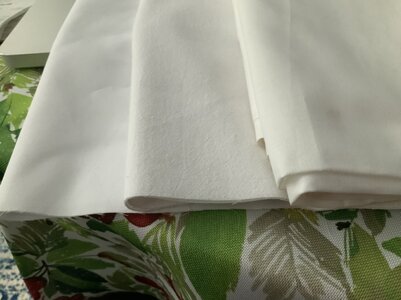
The one in the middle is laundered cotton and has a nice weight and thickness that worked very well.
As you can see above the printed sheet is folded down the middle and the cotton inserted in between.
You then iron at the highest temp on the iron.
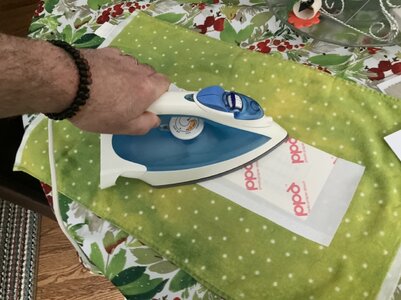
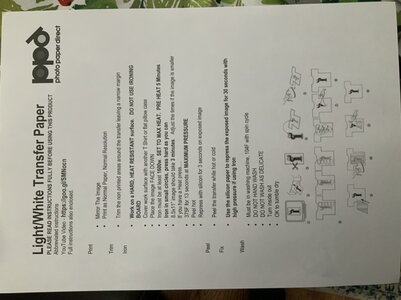
Here is the final result, everything lined very nicely. I like the look and the material is easily shaped.
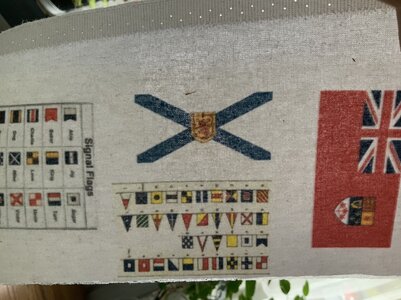
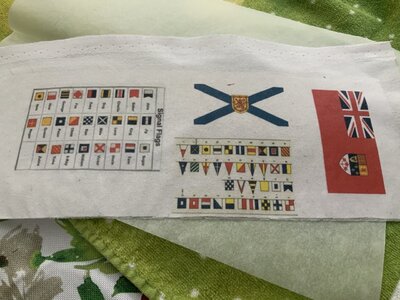
Just need to trim and place when ready. I’ll call this a success.

I created the artwork in Adobe Illistrator and printed onto the above paper using a common inkjet printer.

Here are the linen (cotton) materials I was trying.

The one in the middle is laundered cotton and has a nice weight and thickness that worked very well.
As you can see above the printed sheet is folded down the middle and the cotton inserted in between.
You then iron at the highest temp on the iron.


Here is the final result, everything lined very nicely. I like the look and the material is easily shaped.


Just need to trim and place when ready. I’ll call this a success.


